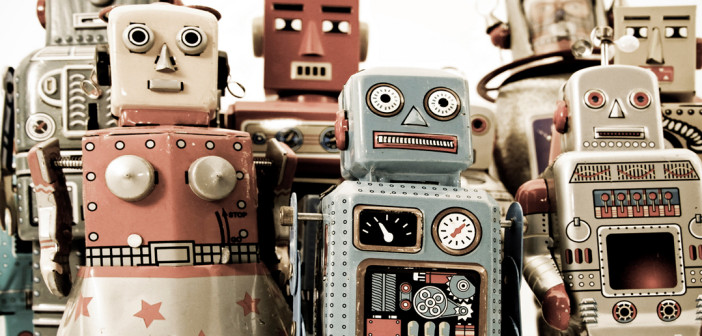Installed base of service robots to hit 264 million by 2026
According to a new research report from Berg Insight the installed base of service robots reached 29.6 million worldwide at the end of 2016.
The global service robot market is dominated by three segments that together accounted for a majority of the global installed base at the end of last year. The largest segment in terms of installed base is the floor cleaning robot segment, which alone accounted for 80% of total at the end of 2016 with an estimated 23.8 million units.
The other two large segments include the unmanned aerial vehicle (UAV) segment as well as the robot lawn mower segment, which are estimated to have reached installed bases of around 4.0 million and 1.6 million units respectively at the end of 2016. Moreover, 0.1 million automated guided vehicles (AGVs) and 0.05 million milking robots are estimated to have been active at the end of 2016.
The remaining segments include humanoid robots, assistant robots and companion robots, telepresence robots, powered human exoskeletons, surgical robots and autonomous mobile robots, which are all estimated to have had less than 50,000 units installed each at the end of 2016. The strong market growth is expected to last for years to come, driving the installed base of active service robots worldwide to 264.3 million by 2026, which corresponds to CAGR of 24% between 2016 and 2026.
The growing interest and rapid development in service robotics in recent years is much due to the many innovative and successful start ups active on the market. Large companies are also increasingly investing in robotics, either through inhouse R&D investments or via acquisitions of start ups.
“Service robots are clearly on the rise in everyday environments,” said Egil Edvardsen, Internet of Things (IoT) analyst, Berg Insight. “Already today, domestic service robots help individuals in their homes to clean the floors and windows, mow the lawn and water the garden. In a not too distant future, we can expect domestic robots of even higher sophistication and capability, such as assistive robots for supporting the elderly, for helping with additional household chores and for entertainment and education.”
Robotics in professional applications has already had a significant impact in areas such as agriculture, healthcare, logistics and public relations and is growing in economic importance, said Berg Insight.
Commented Carl Jonsson, IoT analyst, Berg Insight: “Robotic exoskeletons help elderly and disabled people to restore body functions and enable them to remain active in society. In hospitals, innovative robots support doctors to perform safer and less invasive surgeries. Autonomous robots transport goods and parcels in manufacturing plants and logistics centres. Unmanned aerial vehicles can autonomously gather useful data for a variety of industries such as agriculture.”





